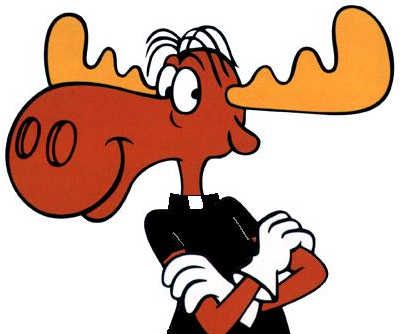
Dear Reader,
Spring is in the air, skies are blue, daffodils are blooming and the art galleries are opening up. Makes you want to paint or write poetry or string along happy clichés! Yes, the world—at least here in Los Angeles—seems to be emerging from a long dark year. And while it might be premature to starting singing Happy Days Are Here Again—I’m pickin’ up good vibrations.
We’ve got people spending their stimulus checks, and just wanting to splurge. Galleries are responding to that, just like any other business that is reopening. Though the galleries (as opposed to museums and college art galleries) still operated during the pandemic, collectors weren’t as eager to spend money in an uncertain economy.
What we learned is that we didn’t really need money to keep the art world going. It never stopped, stalled or even slowed down. Of course I’m referring to the lowest common denominator—the artists themselves. The pandemic provided plenty of time for artists to delve deeper into their art, and apparently they did. Many gallery exhibitions right now are filled with art made during the last year.
Most artists don’t create work to make money; they know that they would be deluded to think otherwise. Most artists create because it’s how they function and survive. Take me, for instance: I knew I wanted to be an artist when I was a child. I wasn’t taken to art museums, I didn’t have an aunt that painted; I wasn’t even encouraged even though it was clear that I had talent. I begged my parents to buy me coloring books. I will never forget the bright neon colors that came with my Bullwinkle glitter paint-by-number set—on black velvet! I gave it to my grandmother, and I’m sure she eventually threw it away.
But it didn’t matter. I just kept on making art. I won contests in school art shows: a psychedelic painting of my cat in a tree was held up in class as an example of what a good painting should look like. My college professor kissed me when he saw the finished AbEx painting I set up for class critique.
I wasn’t ready to call myself an “artist,” though—it felt too elitist. Making art didn’t feel like work, so it was a privilege to make art all day. And was I really contributing to society?
Those questions haunted me as I dared to continue my higher education in art. This issue explores that very conundrum. Are artists the property of galleries? And what about NFTs? Is that just another scam to appeal to people with so much money that we have to invent ways for them to spend it? All in the name of art?
How relevant is art to today’s world? With the continuing disparity of The Haves (Lots) and The Have Nots, artists are looking toward closing up that enormous gap. Our theme, Private Property, explores how artists are addressing this and maybe it’s time the old system got shaken up. That would be as welcome as the flowers in May, and isn’t that what art is all about?


